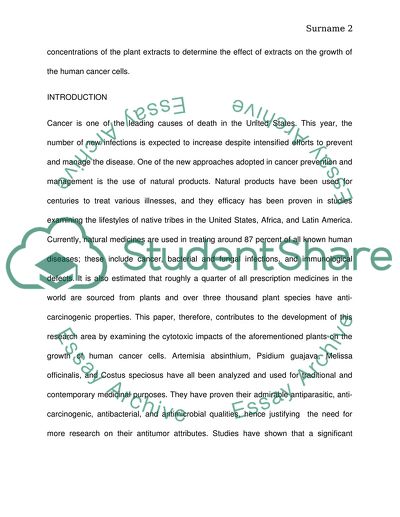Cite this document
(“A Comparison of Linear and Daily Undulating Periodized Programs with Research Paper”, n.d.)
A Comparison of Linear and Daily Undulating Periodized Programs with Research Paper. Retrieved from https://studentshare.org/health-sciences-medicine/1694793-a-comparison-of-linear-and-daily-undulating-periodized-programs-with-equated-volume-and-intensity-for-strength
A Comparison of Linear and Daily Undulating Periodized Programs with Research Paper. Retrieved from https://studentshare.org/health-sciences-medicine/1694793-a-comparison-of-linear-and-daily-undulating-periodized-programs-with-equated-volume-and-intensity-for-strength
(A Comparison of Linear and Daily Undulating Periodized Programs With Research Paper)
A Comparison of Linear and Daily Undulating Periodized Programs With Research Paper. https://studentshare.org/health-sciences-medicine/1694793-a-comparison-of-linear-and-daily-undulating-periodized-programs-with-equated-volume-and-intensity-for-strength.
A Comparison of Linear and Daily Undulating Periodized Programs With Research Paper. https://studentshare.org/health-sciences-medicine/1694793-a-comparison-of-linear-and-daily-undulating-periodized-programs-with-equated-volume-and-intensity-for-strength.
“A Comparison of Linear and Daily Undulating Periodized Programs With Research Paper”, n.d. https://studentshare.org/health-sciences-medicine/1694793-a-comparison-of-linear-and-daily-undulating-periodized-programs-with-equated-volume-and-intensity-for-strength.


